After stumbling onto my favourite Turkish recipe blog many years ago, I became an ardent fan of regularly making Turkish food at home. Vegetarian friendly, with numerous dishes that are completely plant based, featuring whole grains, pulses, olive oil, herbs, and a wide variety of vegetables, I have found Turkish cuisine to be a perfect compliment to my culinary habits.
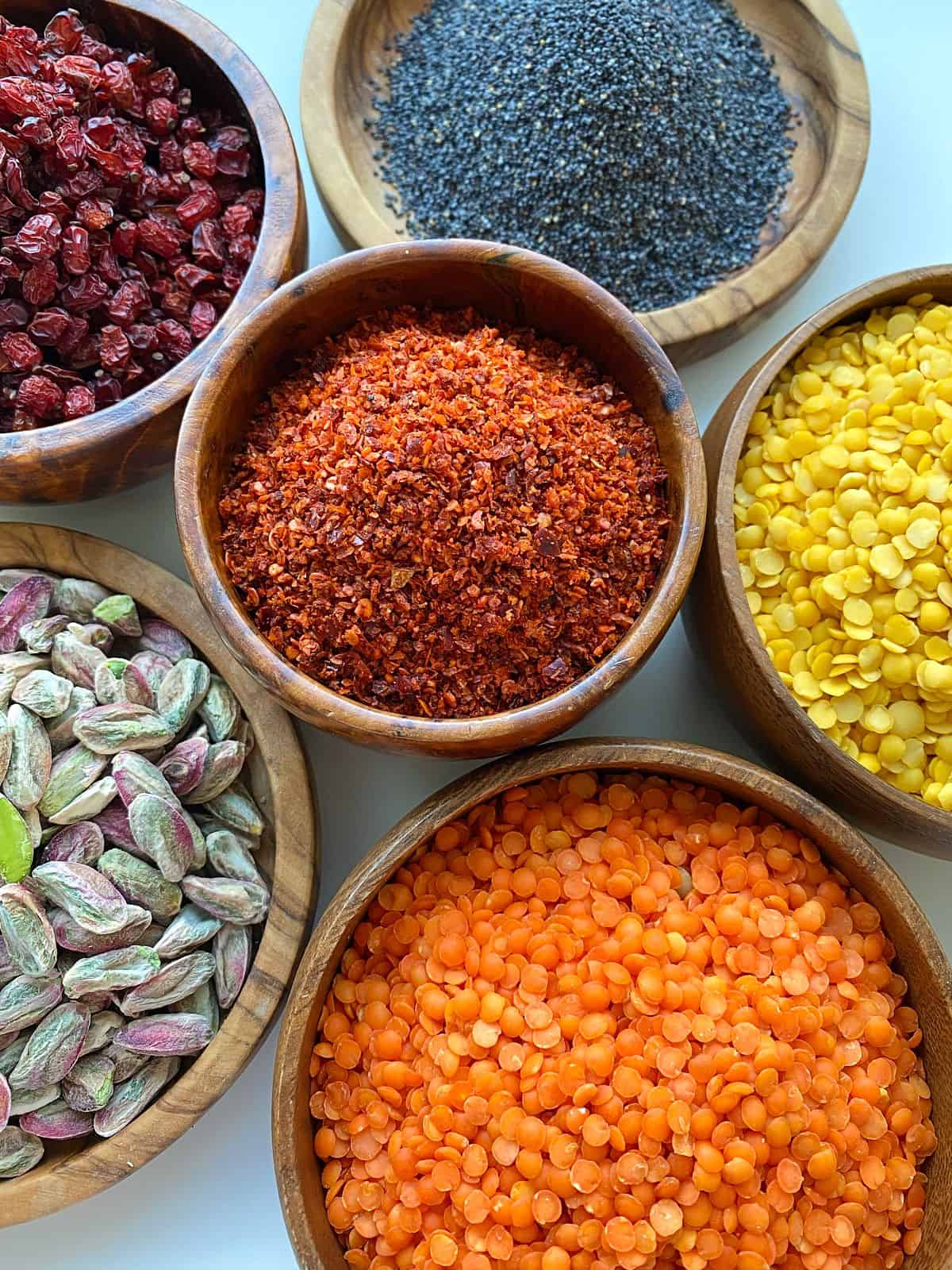
Many Turkish recipes that I have encountered feature 10 or fewer ingredients, are straightforward to prepare, and can often be eaten at room temperature, making for a versatile range of dishes that are incredibly tasty and wholesome. Turkish cuisine offers up numerous delicious Food Finds that are perfect for stocking your pantry, both for making your own Turkish inspired dishes, and as highly welcome ingredients in many other types of cooking.
While there are myriad outstanding Food Finds to get to know as part of Turkish cuisine and culinary traditions, here are a few of my regularly stocked favourites that I find useful in my kitchen for all types of cooking. I'm lucky enough to live in a city with a number of wonderful Turkish markets, but if that is not available to you, there are numerous online sources for Turkish products.
Blue Poppy Seeds
Poppy seeds are the nutritious edible seeds of certain poppy flower varieties, and can be found in multiple colour variations including white, yellow, brown, blue, and black. I appreciate Turkish Blue Poppy Seeds for their vibrant blue-black hue, their delicate crunch, and mild, nutty flavour and aroma. Poppy seeds are high in naturally occurring fats, and can go rancid if left in the cupboard for too long a time; I have taken to buying only small quantities and storing a small jar of them in the fridge.
Blue Poppy seeds can be used in salads, baking, desserts, and many other uses where a pleasant and nutty (but nut free) crunch is desired.
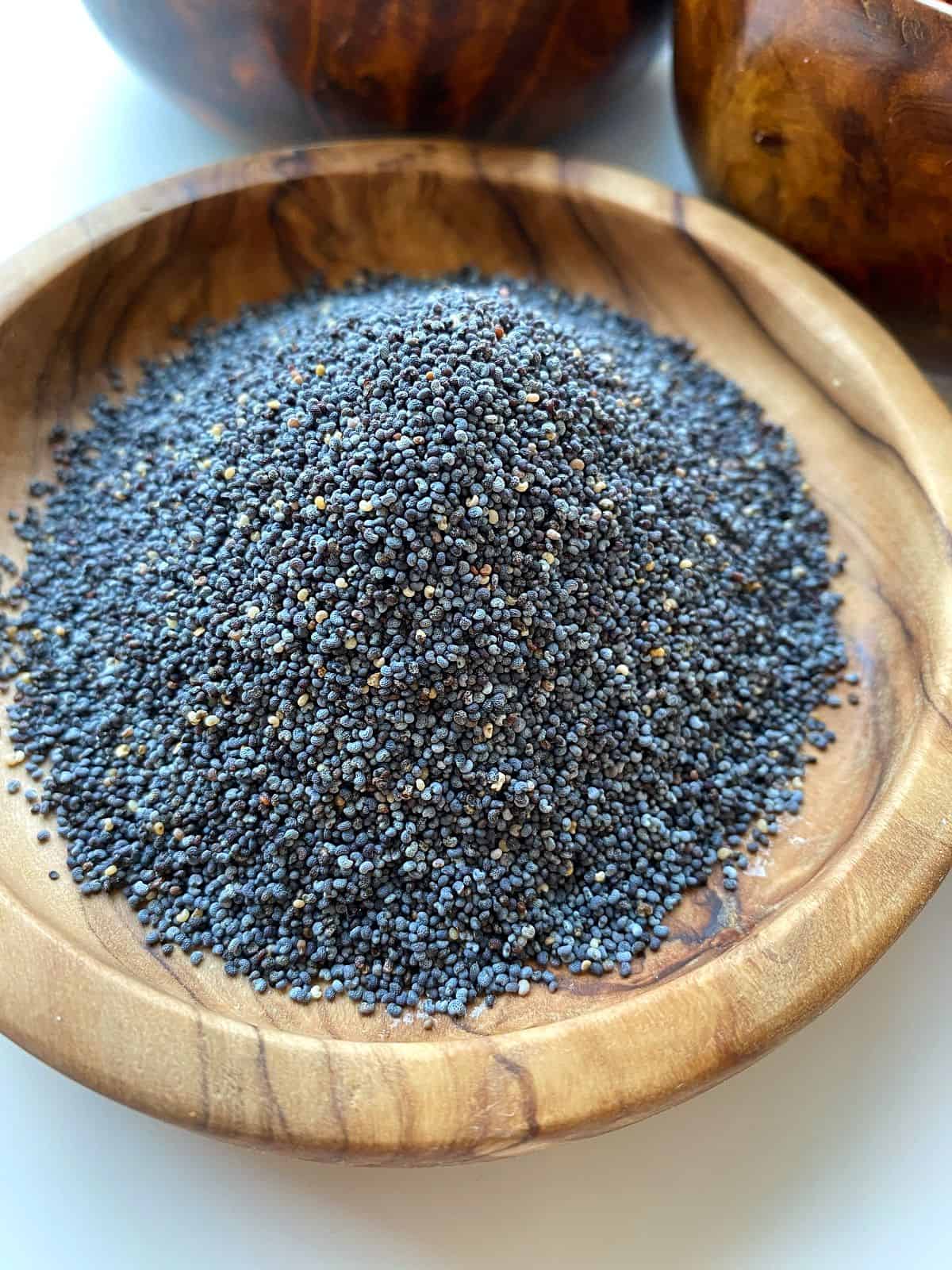
Barberries
Barberries, also known as Zershk, are tangy, diminutive, ruby red dried berries that taste akin to a cross between cranberries and dried currants. Barberries can be used anywhere tangy dried fruits are called for, and can be used as is, in their chewier, dried form, or rehydrated to plump and soften them up. Fans of Ottolenghi recipes will have noticed that barberries are often called for in his recipes, and these flavourful little gems are a wonderful addition to rice pilafs, salads, stews, and many other Turkish and Middle Eastern recipes, amongst other uses.
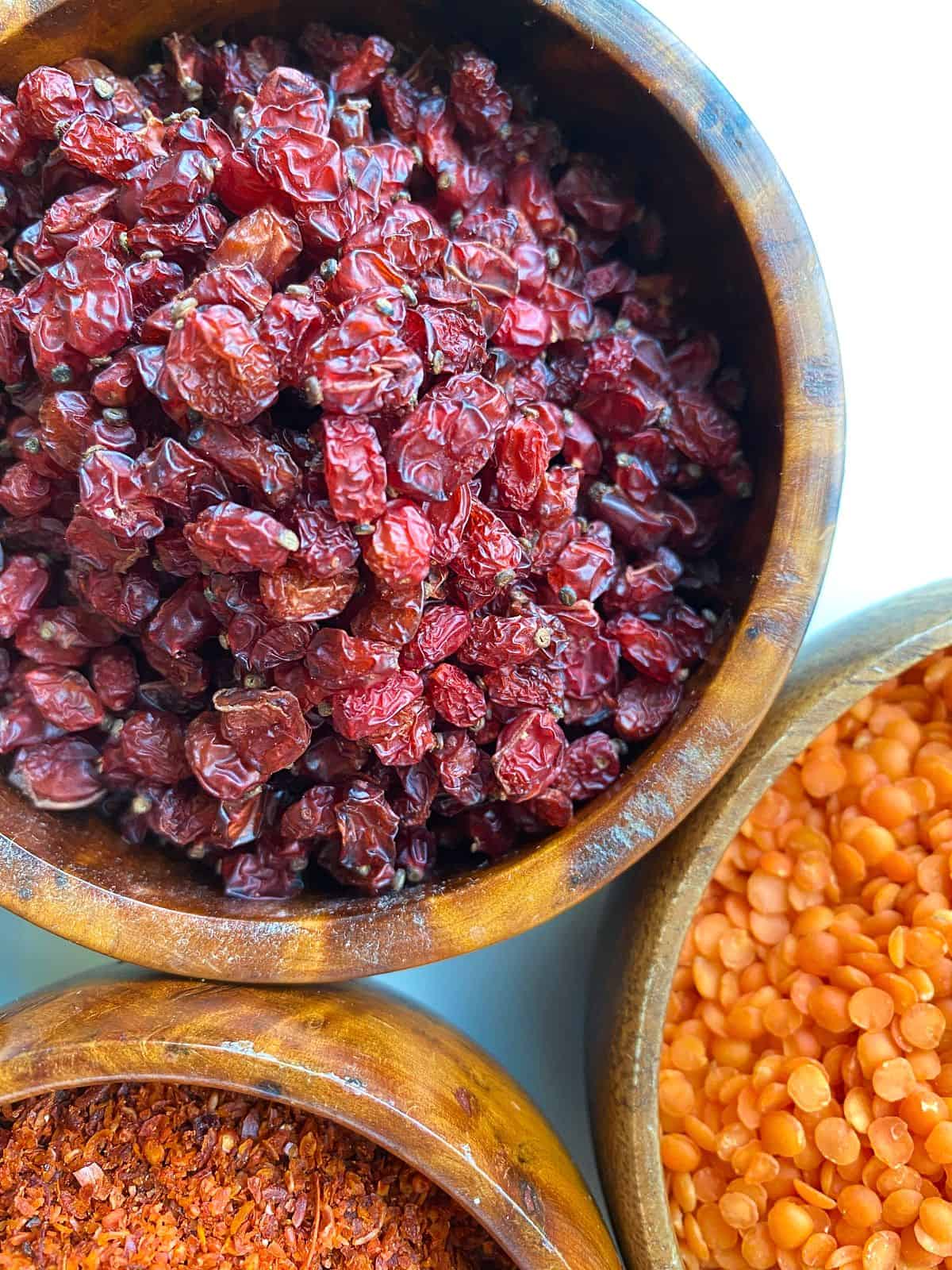
Turkish Dried Red Pepper Flakes
Red pepper flakes in numerous regional varieties are used throughout Turkish cuisine. Perhaps less famous than its cousins Urfa Biber or Aleppo pepper, my favourite, Antep red pepper, originates in the Turkish city of Gaziantep. These semi dried pepper flakes feature a flavour that is all at once salty, sour, sweet, mildly smoky, and zingy; flavourful rather than spicy, although spicier regional versions are also available. While many chili flakes and powders are fully dried, these irregular sized chilli flakes are semi dried, meaning they are slightly oily and leathery, as opposed to dry and dusty. With a vibrant fiery red-orange colour and a delicious complex piquancy, mild Antep red pepper flakes are a delicious addition to practically anything, from scrambled eggs or tofu, lentil soup or roasted vegetables, to any dish that calls for red pepper flakes. I especially love sprinkling them on top of finished dishes like my Corn, Potato, and Green Bean Salad with Feta Cream and Herbs.
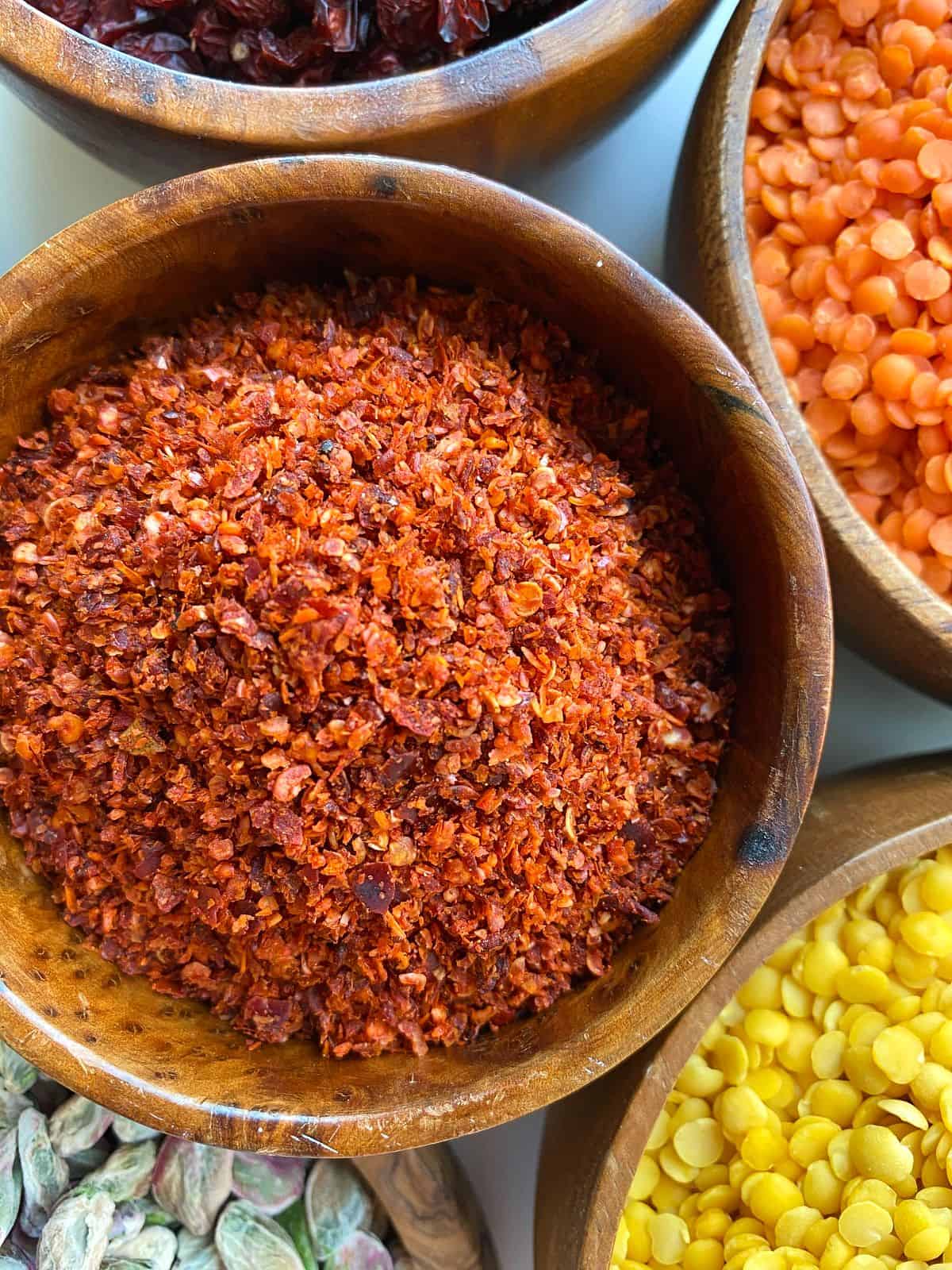
Turkish Pistachios
Turkish pistachios may look just like any other pistachio, but once you’ve tasted these pistachios you may realize that you have never really tasted a pistachio before! I was completely surprised by how different and complex Turkish pistachios tasted compared to the standard North American bulk bin or packaged variety. Once shelled, dusty rose coloured nuts give way to a verdantly green interior, which have an almost floral and deeply nuanced nutty flavour. Totally unlike supermarket pistachios in the best possible way, and just delightful to add to salads, desserts, baking, and savoury dishes, not to mention snacking out of hand.
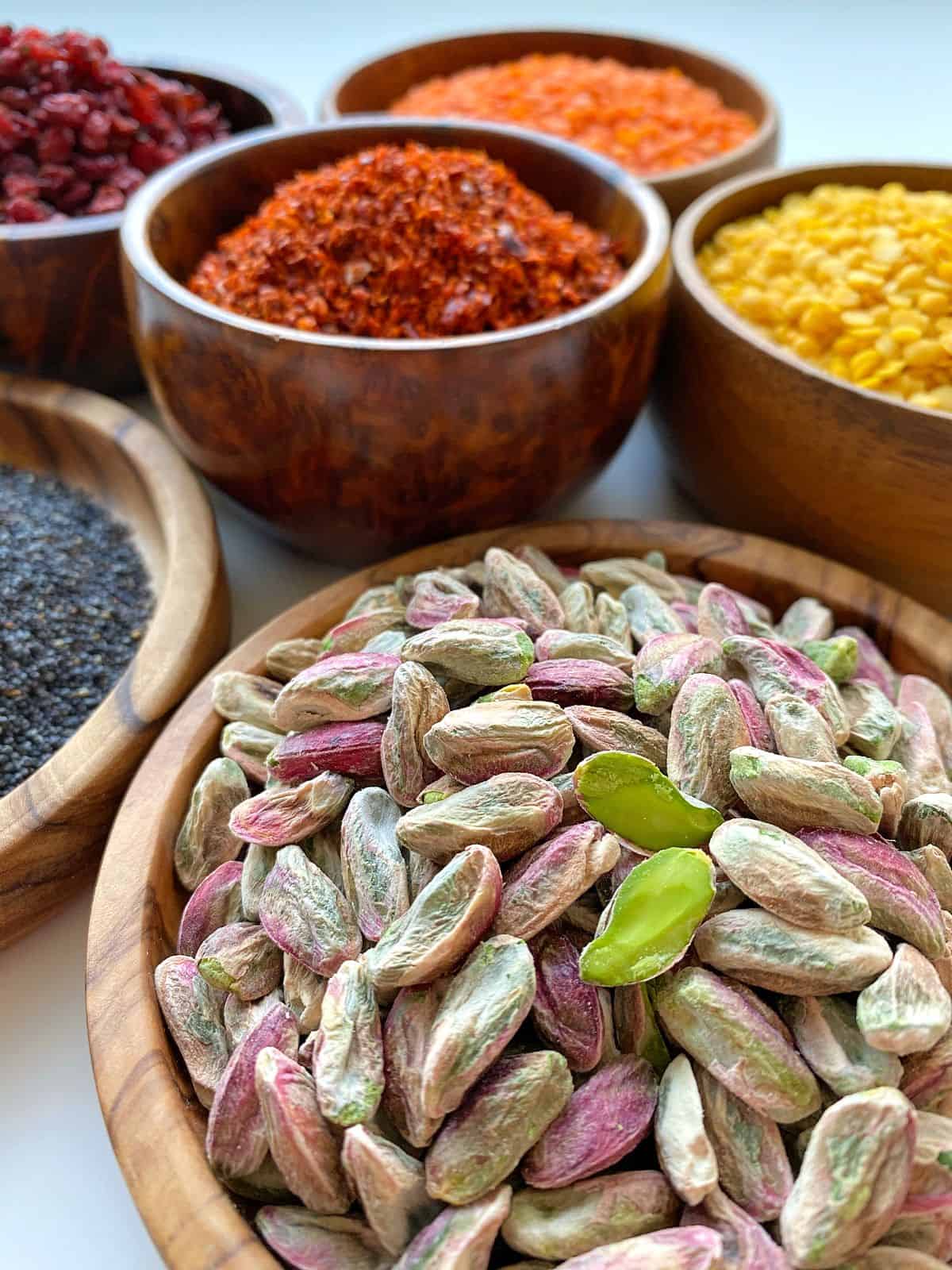
Red and Yellow Lentils
While lentils are of course easy enough to find almost anywhere, the Turkish lentils I have encountered are of appreciatively better quality than those I usually buy elsewhere. A petite and darker hued version of the familiar staple, incredibly quick cooking Turkish red lentils are cleaner (as in less dusty) and smaller than their common counterparts. Just as diminutive, but with a surprising goldenrod hue, are Turkish yellow lentils, a variety I have not seen before in Toronto, offering a jewel toned colour perfect for making lentil soup!
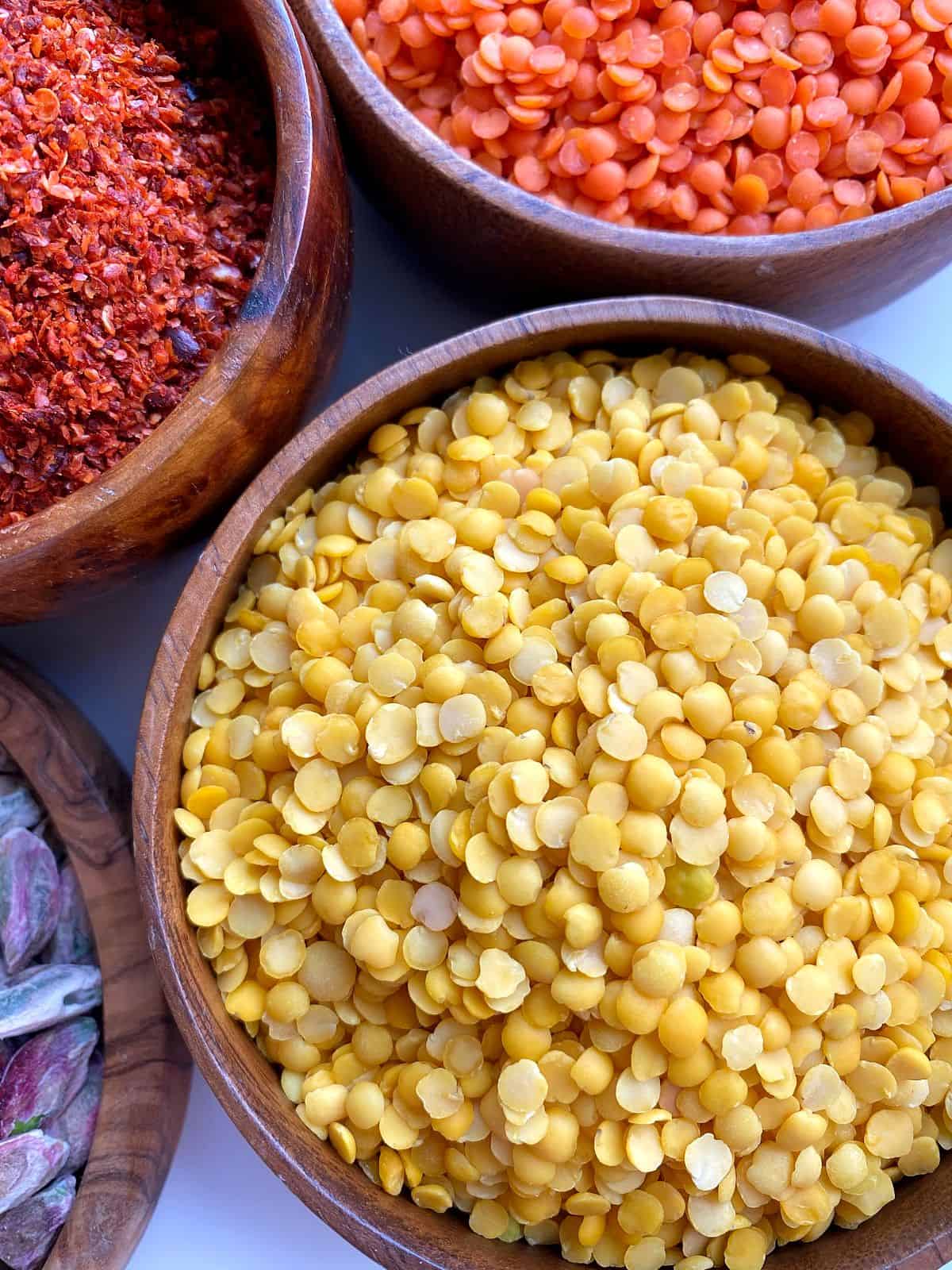
More Pantry Essentials
Other Turkish pantry staples that I regularly use and keep in my pantry are Tahini and Fruit Molasses Spread, Nigella seed, Mulberry Molasses, and the essential Turkish Tomato and Pepper paste.

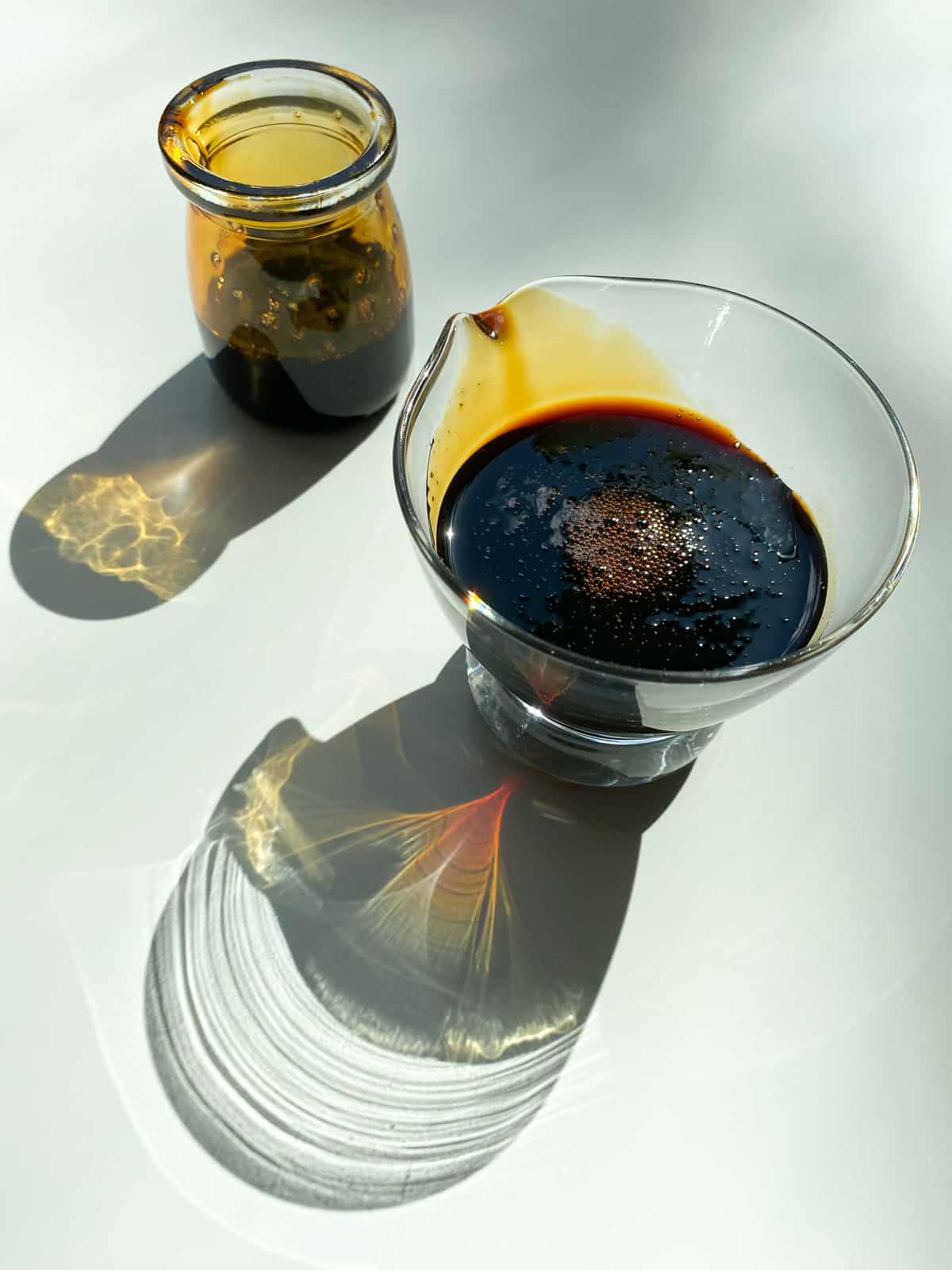
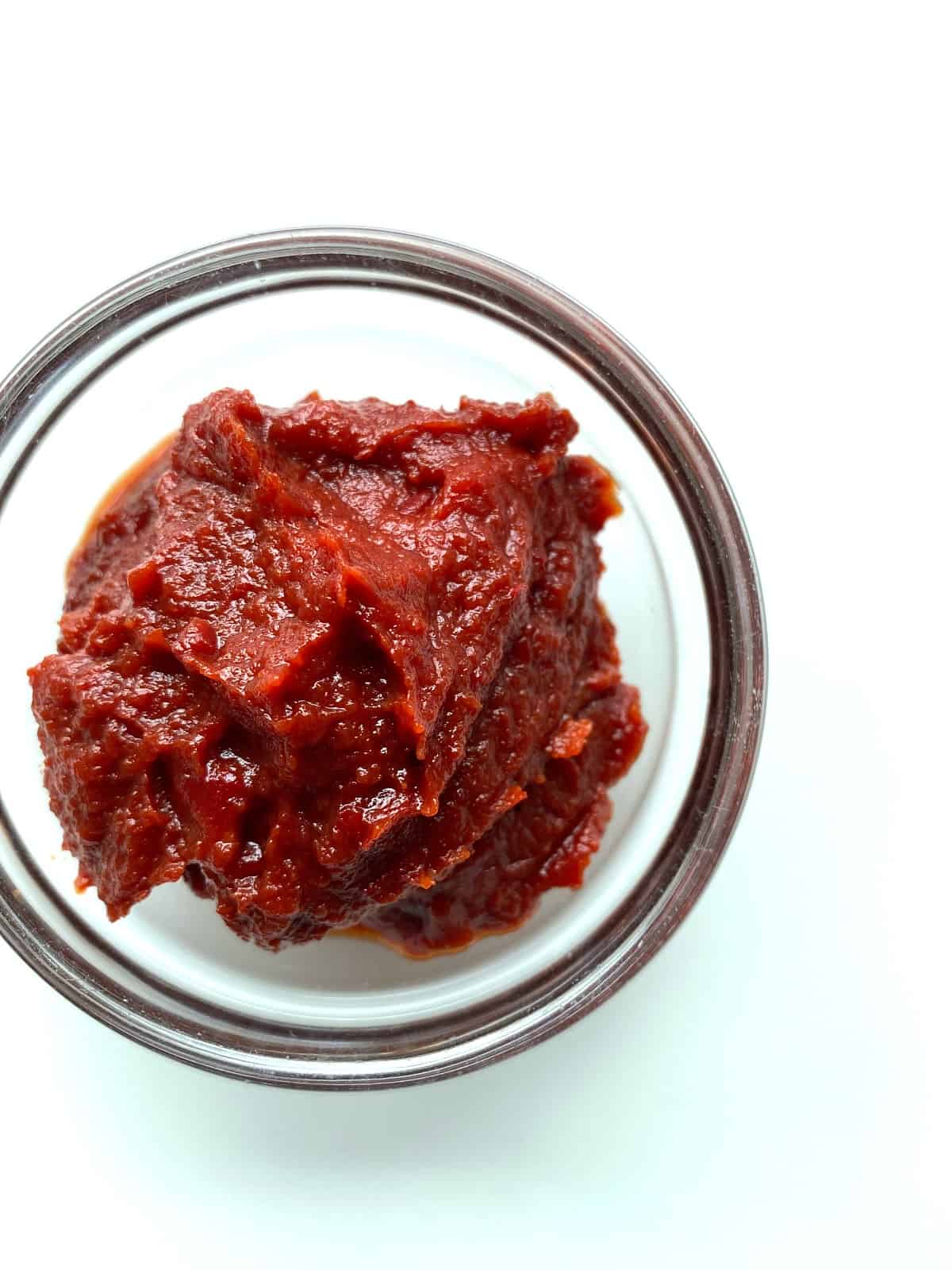
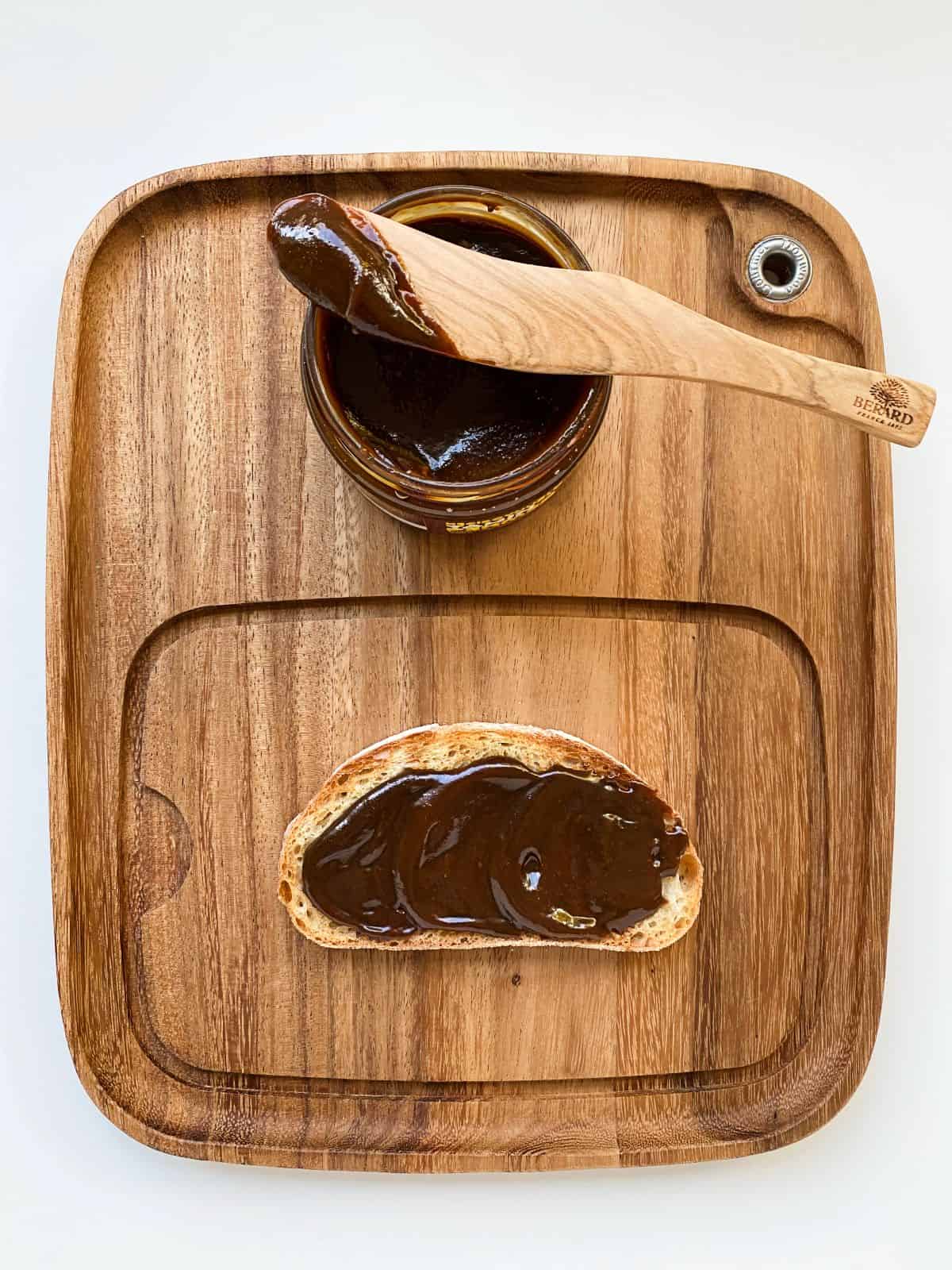
I have numerous other Turkish Food Finds on my radar that I look forward to sharing with you in my second installment of Turkish Pantry Essentials - stay tuned!


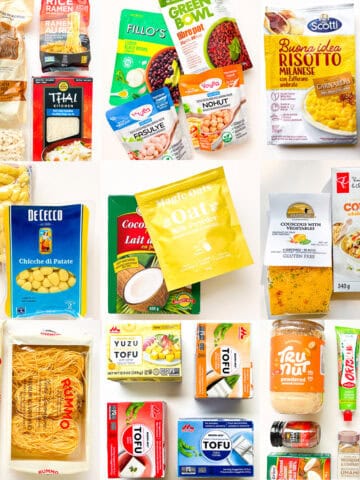
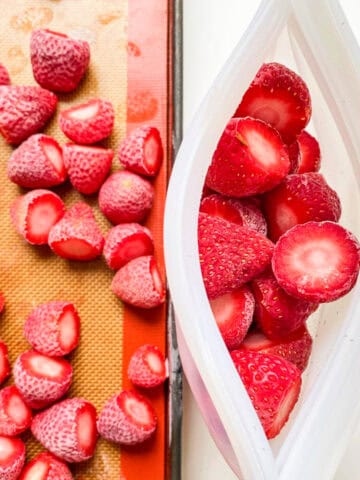

Leave a Reply